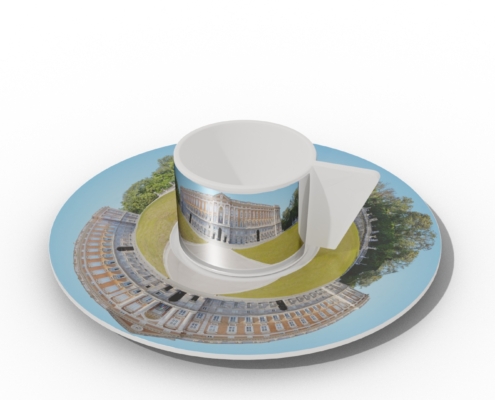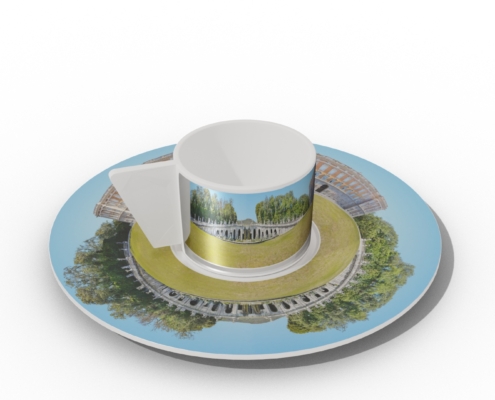Collezione Reggia di Caserta
The Royal Palace of Caserta and the Fountain of Aeolus
The Royal Palace of Caserta, with its immense park and aqueducts, was the royal residence of the Bourbon dynasty of the Two Sicilies. It is the largest royal palace in the world and was declared a UNESCO World Heritage Site in 1997.
The King of Naples, Charles III of Bourbon, struck by the beauty of the Caserta landscape, decided to build a palace there that could rival that of Versailles. The location was also safe from pirate attacks and far from the eruptions of Mount Vesuvius. Designed by the famous architects Luigi and Carlo Vanvitelli between 1752 and 1845, it is a wonderful example of neoclassical Baroque style.
Facts & Trivia
The palace, with its 1200 rooms, is surrounded by a large monumental park that extends for over three kilometers, divided into an Italian garden and an English garden.
The palace was started by Luigi Vanvitelli, who was a pontifical architect and became a royal architect, and finished by his son Carlo.
In creating the park, which involved the collaboration of many biologists, Luigi Vanvitelli was inspired by the Palace of Versailles and the Royal Palace of La Granja de San Ildefonso.
The marble fountain’s exedra-shaped structure contains a sculptural group representing the winds’ storm unleashed by Aeolus on Juno’s orders to push Aeneas away from the peninsula. Five court artists worked on the sculpture.
The first king to move into the palace in 1799 after the eruption of Vesuvius was Ferdinand IV of Naples with his wife Maria Carolina. The Royal House of Bourbon of the Two Sicilies ruled southern Italy from 1734 to 1861. In 1919, the Palace was transferred from Victor Emmanuel II to the Italian state. The Palace has been used as a film set for many movies, such as Star Wars, Mission Impossible, Angels and Demons, and more.



















